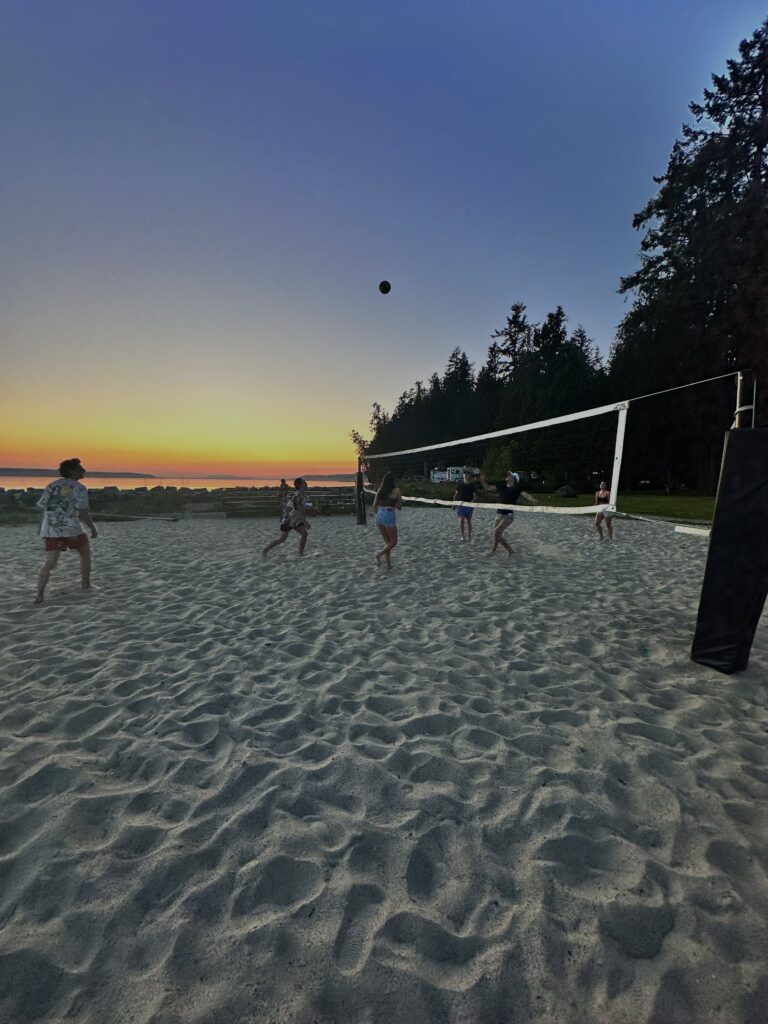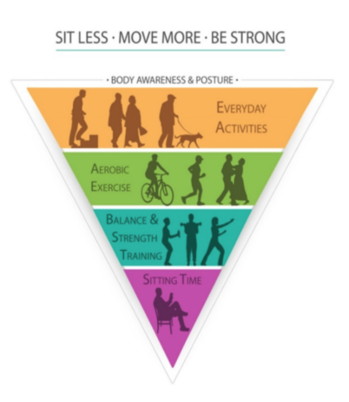What is UDL
Universal Design for Learning (UDL) is a framework aimed at creating inclusive and accessible learning experiences by minimizing barriers and maximizing opportunities for all students. In health and physical education, the application of UDL ensures that learners of all abilities, backgrounds, and learning styles can engage with the curriculum effectively. We can incorporate the 3 principles of UDL- Representation, Action and Expression and Engagement into health education by emphasizing flexibility in teaching methods, materials, and assessments. Applying UDL into education will foster an environment where every student has the opportunity to succeed.
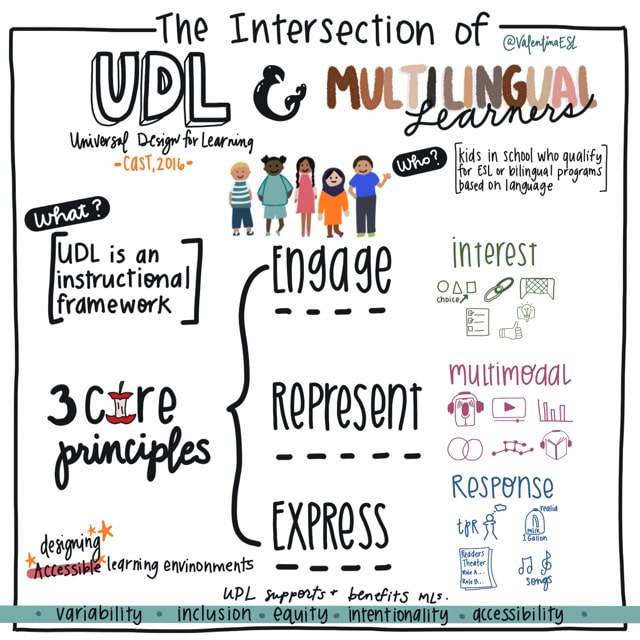
The 3 Principles of UDL in Health Education
1. Multiple Means of Representation (The “What” of Learning)
This principle focuses on providing diverse ways for students to access and understand content. In health education, students come from various backgrounds and have different levels of prior knowledge, cognitive abilities, and language proficiencies. To accommodate this diversity, educators can use multiple forms of represenation such as:
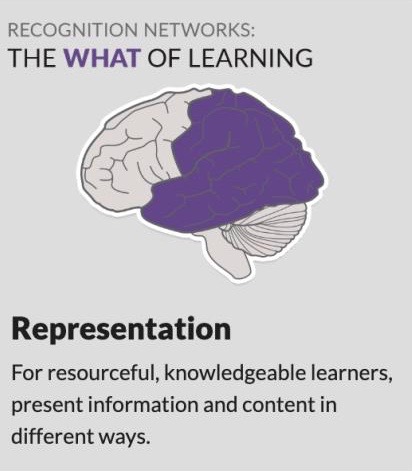
Forms of Representation
- The use of visual aids like diagrams and infographics to explain lessons and instructions, this targets the visual learners that may need to observe content to grasp it.
- Provide auditory explanations through podcasts or recorded lectures, this is a good tool for students with visual or processing impairments.
- Incorporate hands-on demonstrations and simulations working step by step for the hands on learners.
- Utilize digital resources, like interactive videos to enhance understanding.
- Apply text-to-speech tools and alternative formats to support diverse learning needs.
By incorporating multiple forms of representation the needs of each individual can be sufficiently meet for understanding and applying instructions/activities.
2. Multiple Means of Action and Expression (The “How” of Learning)
Students differ in the ways they navigate learning environments and demonstrate their understanding. UDL encourages offering varied methods of expression to ensure all students can showcase their knowledge. In physical education and health promotion, this can be implemented through:

How to implement
- Allowing students to present their learning in multiple formats, such as written reports, oral presentations, or video demonstrations to give every student a fair chance to show their knowledge.
- Encouraging self-assessment and peer evaluations, help students develop critical thinking skills.
- Providing alternative assessment methods, such as quizzes, project-based assignments, or reflective journals, is useful for getting an accurate accessment of each students understanding considering every student showcases their learning in different ways.
- Implementing assistive technologies, such as speech-to-text software and adaptive tools for students with disabilities to make showcasing their abilities easier.
Since every individual has different ways of presenting their knowledge it is crucial to offer different ways of assessment.
3. Multiple Means of Engagement (The “Why” of Learning)
Motivating students and fostering a connection to the learning material is crucial for success. Health and physical education should be engaging and relevant to students’ lives. Some strategies to enhance engagement include:
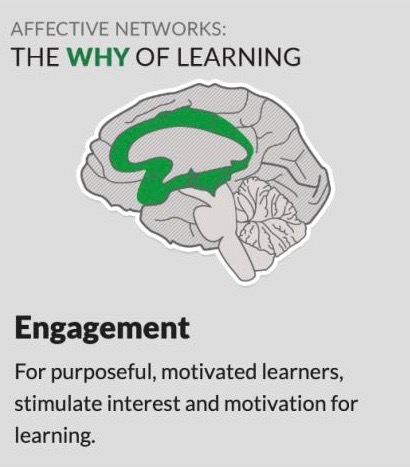
Strategies to Enhance Engagement
- Connecting lessons to real-world scenarios, such as discussing nutrition through meal planning or applying fitness principles to personal wellness goals.
- Allowing students to set personal health and fitness goals, fostering motivation and goal-directed learning.
- Incorporating culturally relevant and inclusive activities, ensuring that all students see their backgrounds and interests reflected in the curriculum.
- Offering choices in assignments and activities, allowing students to explore topics that resonate with them personally, this helps with keeping students engaged in activities.
- Encouraging collaborative and social learning environments to boost engagement and participation, by making learning fun students will be more interested in participating.
The Importance of Inclusive and Excessible learning with UDL
Universal Design for Learning (UDL) creates inclusive and accessible learning experiences by ensuring that all students, regardless of their abilities, have multiple ways to engage with, understand, and express their learning.Through the 3 principles of UDL we aim to promote flexibility by offering different ways to keep students motivated, such as providing choices in learning activities, fostering collaboration, and making content relevant to students interests. UDL also ensures that information is presented in diverse formats, including text, audio, video, and hands-on demonstrations so that students with different learning preferences or disabilities can access and understand the material successfully. Additionally, it allows students to demonstrate their understanding in various ways, such as writing, speaking, creating visual projects, or using assistive technologies. By integrating these principles, educators can proactively remove barriers to learning, creating a more suitable, supportive, and engaging educational environment where every student has the opportunity to succeed.
UDL Beyond the Classroom: Health Promotion and Community Settings
The principles of UDL extend beyond traditional education into broader health promotion and community wellness initiatives. By designing inclusive health programs, professionals can:
- Create accessible public health materials and activites that create a welcoming environment for all individuals by using awarness and empathy, multiple languages, and various media formats.
- Offer fitness environments with adaptive equipment and alternative exercises to accommodate individuals with varying physical abilities, this can be done at gyms and recreation sites such as playgrounds.
- Implement feedback systems to continually refine and improve health education efforts based on participant needs and experiences.
- Utilize UDL-informed strategies in designing digital health content to ensure accessibility for all users, including those with disabilities.
- Provide learning opportunities within the community for the use of UDL, and representing the importance of diverse learning.
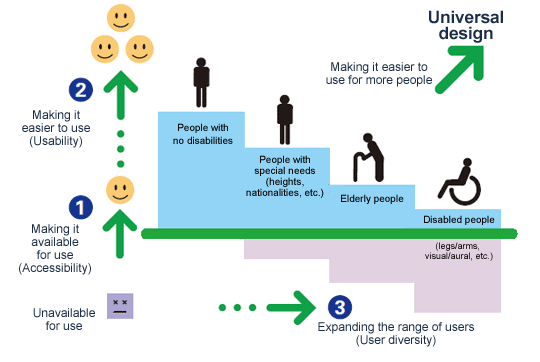
Conclusion
Universal Design for Learning is a powerful framework that enhances accessibility and inclusivity in health education. By applying the principles of UDL—representation, expression, and engagement—educators and health professionals can create meaningful and effective learning experiences for all individuals. Whether in a classroom, a gym, or a community health program, UDL ensures that every learner has the opportunity to thrive and actively participate in their health and well-being. The integration of technology, alternative learning formats, and inclusive teaching strategies further strengthens the impact of UDL in health education and beyond.
